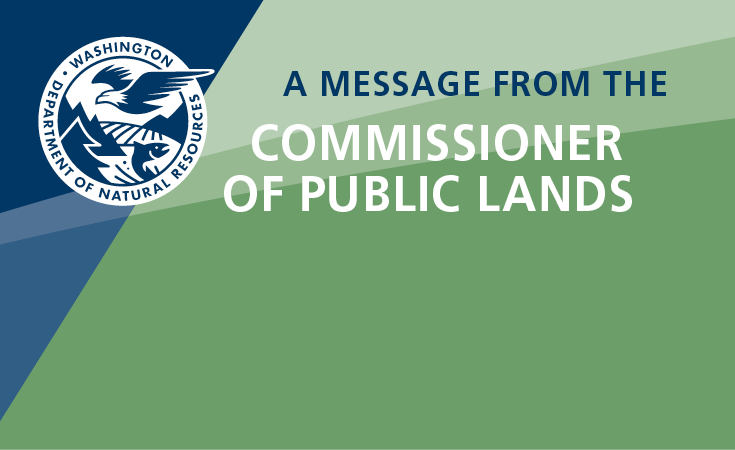Aquatics
Washington's aquatic lands are the foundation of a complex and interdependent ecosystem and economy. For centuries, the people of Washington have used aquatic lands for subsistence, trade and leisure while a vast array of interconnected species rely on the habitat it provides. As stewards of more than 2.6 million acres of state-owned aquatic lands, we are responsible for ensuring protection of habitat and fostering public access and water-dependent activities for future generations.
Aquatic lands are navigable lakes, rivers, streams, and marine waters, such as Puget Sound. DNR is directed by statute to manage state-owned aquatic lands through the following goals:
- Encourage direct public use and access.
- Foster water-dependent uses.
- Ensure environmental protection.
- Opportunities for utilization of renewable resources.
- Generate income from use of aquatic lands, when consistent with the previous goals.
DNR generates revenue by selling the rights to harvest renewable resources like wild geoducks and other shellfish and from leasing and licensing state-owned aquatic lands.
That revenue is reinvested to manage and restore Washington's aquatic ecosystems; keep them free of derelict maritime equipment; protect their health and productivity, and fund local projects that ensure the public can enjoy our aquatic lands.
DNR scientists research aquatic environments to ensure the best available science is used to ensure and improve the long-term health of the aquatic lands owned by the people of Washington.
History of Aquatic Land Ownership
At Statehood in 1889, Washington's Constitution gave ownership of the "beds and shores of all navigable waters in the state." That included some 2,000-square-miles of beaches, tidelands and bedlands throughout the marine waters in Puget Sound and along the Strait of Juan de Fuca and the Pacific Ocean coast, as well as most of the navigable rivers, streams and lakes.
Throughout the years, DNR has carried out navigability assessments to more accurately establish the state's ownership of ever-shifting aquatic lands.
Ensuring Public Use
As the state's aquatics land manager, DNR also works closely with public ports and draws harbor lines to ensure waterways are free and available for commercial transportation of our state's export commodities.
DNR and its predecessors have worked with Port Districts to ensure citizens receive a balance of benefits from state-owned aquatic lands since the Legislature authorized formation of Port Districts in 1911. DNR is responsible for responding to requests for relocating harbor lines.



